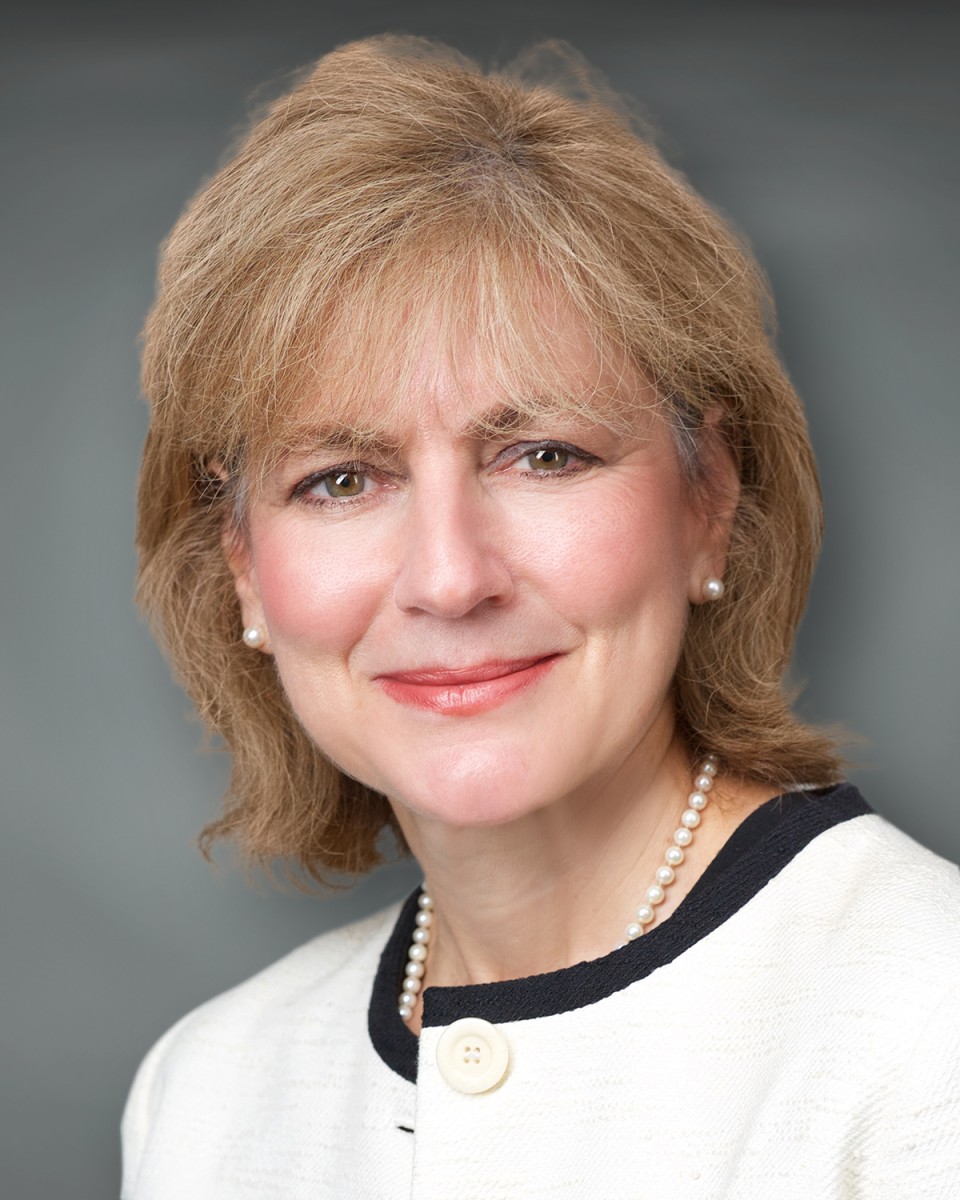[ad_1]
Susan Mello recently joined Walker & Dunlop as executive vice president & head of its Capital Markets group. CPE chatted with her recently about the rapidly shifting capital markets environment and the opportunities it brings.
How are inflation, rising construction costs and higher interest rates affecting cost of capital?
Mello: Higher interest rates naturally result in an increased cost of capital. As risk increases from the potential for rising costs due to inflation or supply issues, capital providers expect to be compensated for that risk by earning more on their capital.
Since increased risk contributes to higher capital costs, is there any property sector feeling the impacts of that more than others?
Mello: The liquidity available, whether debt or equity, varies widely depending on property sector. While it is asset specific, in general it is much more challenging to finance an office asset today vs. a multifamily asset.
READ ALSO: Why These CRE Sectors Provide Safer Harbors
Are new lending products needed to meet current demand or are traditional tools enough? Tell us more about this.
Mello: In an environment that is constantly evolving, products and services also need to evolve. Clients are facing pressure on numerous fronts, so the market has to deliver creative solutions. We have seen clients pivot to floating rate debt over the past three years, in large part, because of the benign interest rate environment. While many clients still prefer the flexibility of floating rate debt, cap costs have gotten extremely expensive, so lenders are offering more short-term fixed rate products to address that issue.
What changes are we seeing in the structure of the capital stack for CRE investment?
Mello: Putting together the capital stack has gotten more complex. Rising interest rates are reducing the proceeds from senior loans, thereby requiring borrowers to obtain more “gap financing” and/or equity. Having an advisor who understands structured financing is valuable in navigating the evolving composition of the capital stack.
What can you tell us about the degree of caution in CRE investment today?
Mello: Lenders and investors slowed down and, in some cases, paused the pace of their deployment/investment over the past three months as they try to gain more visibility on valuations. On a relative basis, however, private real estate continues to offer an attractive return and there is still a significant amount of capital to be deployed into it. While activity has slowed, we still see good volume because investors are willing to deploy capital. They are just more discerning on where and in which assets to invest.
What are your predictions for the fourth quarter?
Mello: I wish I had a crystal ball, but absent that and presuming no Black Swan events, I believe capital markets activity will pick up in the last third of the year as people become more comfortable with the current market environment, and there is more pricing recovery. I anticipate we will see increased interest in niche sectors and sub-sectors driven by favorable demand fundamentals. There will be an opportunity for more local and regional lenders to pick up market share in the multifamily space. We will also see the government-sponsored enterprises pick up volume as compared to the first half of the year.
How important are personalized services in commercial real estate lending today?
Mello: Client service is the hallmark of what we provide, taking the time to understand our clients’ goals and objectives and delivering tailored solutions to meet their needs. Now, more than ever, when liquidity is not as readily available, clients recognize the value of having relationships with a firm that views its role as a trusted advisor and fiduciary, and not just an intermediary or a lender
[ad_2]
Source link




